WHAT IS GOOGLE TAG MANAGER?
Have you wondered what Google Tag Manager (GTM) is used for? Maybe you have GTM on your website but aren’t sure how it works. Google Tag Manager is a Tag Management System that allows website managers and marketers to organize and implement lines of tracking code known as website tags without having to modify the actual source code of the website.
With technical know-how and practice, GTM can help manage marketing tags from Google platforms (such as Google Analytics or Google Ads) along with third party tags, such as Facebook tracking pixels.
KEEPING YOUR TRACKING ORGANIZED AND YOUR WEBSITE CLEAN
Acting as a “container” for all of your website tags, Google Tag Manger can help keep the source code of your website free of the clutter that can come from tracking codes. Imagine you are running a large marketing campaign with components in paid search, social, and display. Each of these strategies could require multiple tracking tags that need to be deployed on your website in order for you to effectively track the performance of your campaigns. GTM can not only allow for the easy placement of these tags, but it will also let you organize your tags as appropriate.
GOOGLE TAG MANAGER & GOOGLE ANALYTICS
Google Analytics is an impressive tool for monitoring and analyzing your website data and one of the most common use cases for Google Tag Manager is the deployment of your Google Analytics Tracking Code. Another common use case for GTM is the ability to set up custom event tags that can identify and track when specific website actions take place. For example, one of your marketing and website strategies may include a form that you would like your website users to complete and submit. Through GTM, a custom event tag can be set up to identify when a form submission occurs on your site. That data is then pushed into Google Analytics for you to analyze. Insights from analyzing user website actions can be instrumental when developing marketing strategies and optimizing your website.
THE ‘EVENT’ VARIABLES IDENTIFY THE FORM INTERACTION, AND THEN TRIGGERS THE CORRESPONDING TAG TO FIRE AS A RESULT. PUT SIMPLY, AN EVENT IS AN ACTION TAKEN, SUCH AS A FORM FILL STARTED OR COMPLETED, A BUTTON CLICKED, OR OTHER ACTIVITY COMPLETED.
While there are other options to deploy Google Analytics, using Google Tag Manager to deploy Google Analytics instead of coding it directly onto your website via a “Global Site Tag (gtag.js)” opens up a whole host of efficient, technical options for your Google Analytics account via GTM that would otherwise require the help of a developer to code.
CONSIDERATIONS WHEN USING GOOGLE TAG MANAGER
The most important detail to remember regarding Google Tag Manager is that any tag placed in your GTM container will have an impact on your website. GTM may help alleviate the need for a web developer every time you need a marketing tag placed, but that doesn’t mean we all shouldn’t think like developers when placing tags. A misplaced or poorly implemented tag could result in consequences within the website itself. Text from the tag itself could accidentally pop up on the website or ghost shapes and lines can suddenly appear. It is possible to simply “break” a website entirely through misplacing or poorly implementing a tag.
Another item to be conscious about is the number and complexity of tags that are housed in your GTM container. Even the most well-kept and monitored GTM container can affect a website. For example, you might start a new GTM container with one tag and then eventually add one hundred more over time. Even if each tag is perfectly implemented, it is possible to slow down the loading speed of your website by using too many tags at once.
BEST PRACTICE
Google Tag Manager is an effective tool in allowing users to manage and simplify their website tracking efforts. It can provide insights and details that drive strategy and keep all of your website tracking organized—yet it is still just a tool that requires the right know-how and understanding. Per Google, “The best practice for every Tag Manager implementation should be to start with an analytics strategy and tag implementation plan.”
Have any additional questions about GTM, or want help from a digital expert in making sure your tags are set up correctly? Reach out today and one of our digital experts will get back to you shortly.



 Ad Choices
Ad Choices